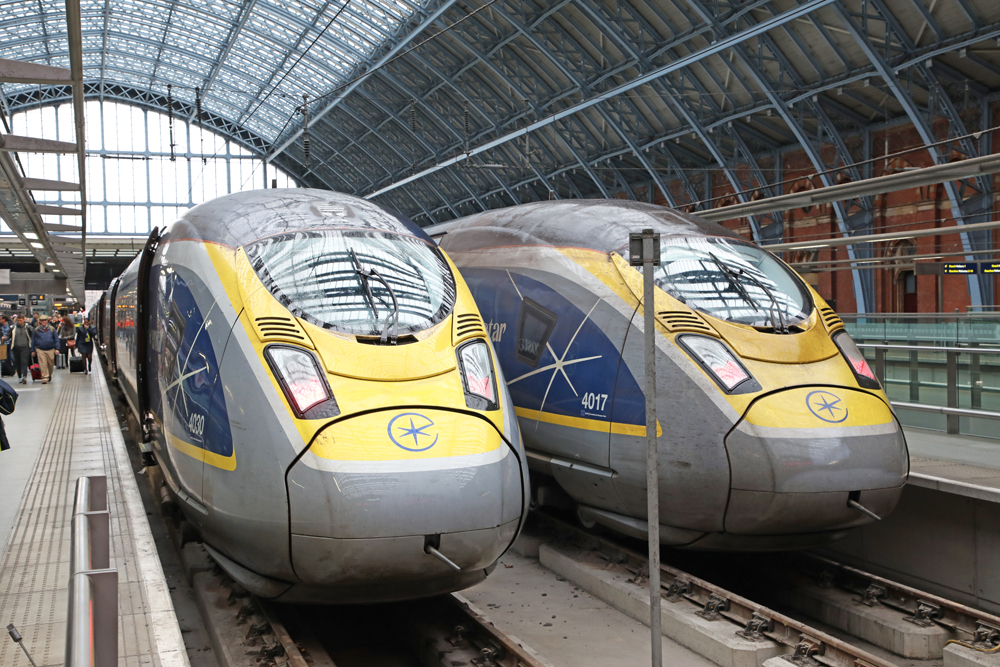
LONDON — High speed rail operator Eurostar, facing the prospect of competition from across Europe through the Channel Tunnel, has announced plans for new services of its own.
But not soon.
The company announced this week that it plans to launch three new routes in “the early 2030s” — London-Frankfurt, London-Geneva, and Amsterdam/Brussels-Geneva — once it adds 50 new trains to its fleet. The company says it will spend approximately €2 billion ($2.3 billion) on the trains, which have yet to be ordered. Currently, Eurostar has 17 trainsets.
“We’re seeing strong demand for train travel across Europe, with customers wanting to go further by rail than ever before and enjoy the unique experience we provide,” Eurostar CEO Gwendoline Cazenave said in a press release. “Despite the challenging economic climate, Eurostar is growing and has bold ambitions for the future. Our new fleet will make new destinations for customers a reality — notably direct trains between London and Germany, and between London and Switzerland for the first time.”
The announcement came as Eurostar released its 2024 financial results, which saw the company post earnings (before interest, taxes, depreciation, and amortization) of €346 million ($397.1 million) while carrying more than 19.5 million passengers, a 5% increase over the previous year. The planned expansion will help the company reach its target of carrying 30 million passengers annually.
The BBC reports, however, that the Eurostar’s plans must clear a governmental hurdle. Infrastructure between the Channel Tunnel and London St. Pancras station — the only English route capable of handling larger European high-speed equipment — is owned by the government organization London St. Pancras Highspeed. That includes the Temple Mills yard and shops in East London. With several companies proposing service on that route [see “Eurostar facing competition …,” Trains News Wire, April 17, 2025], the government Office of Rail and Road is reviewing all proposals, including Eurostar’s, to see who gets to use the facilities. The ORR has already said there is not enough space at Temple Mills to accommodate both an expanded Eurostar fleet and those of rival operators. It plans to decide who gets to use the space by the end of October.






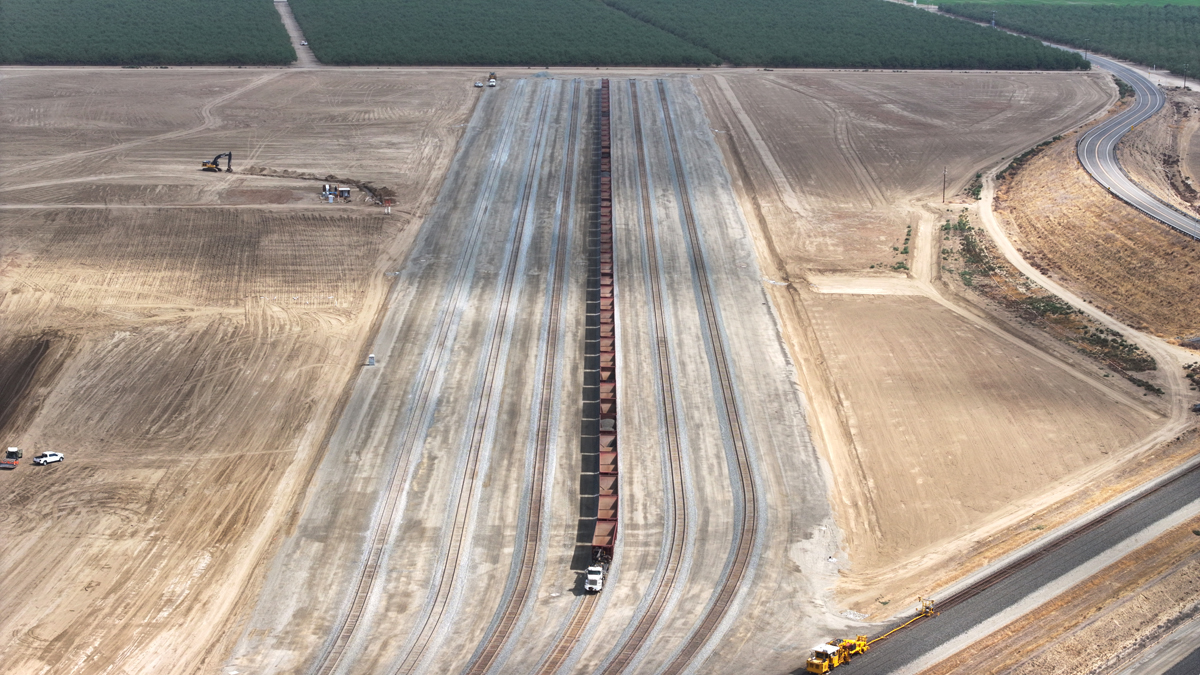
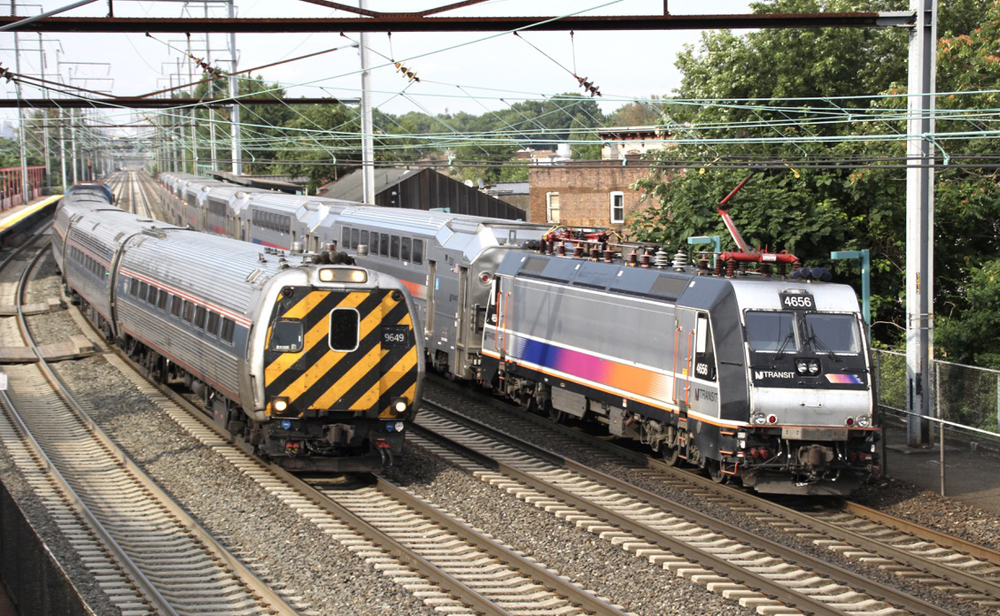
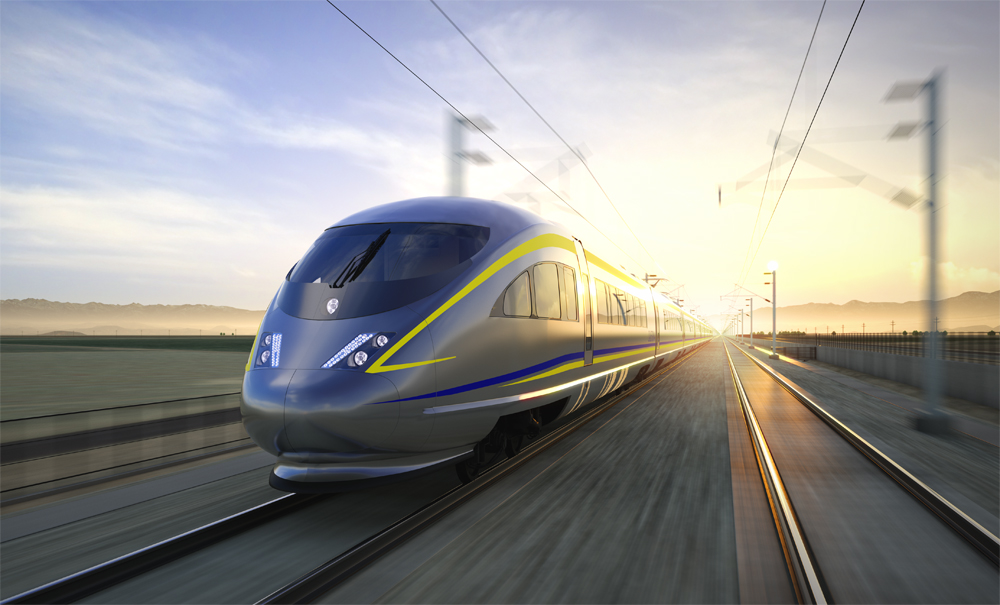
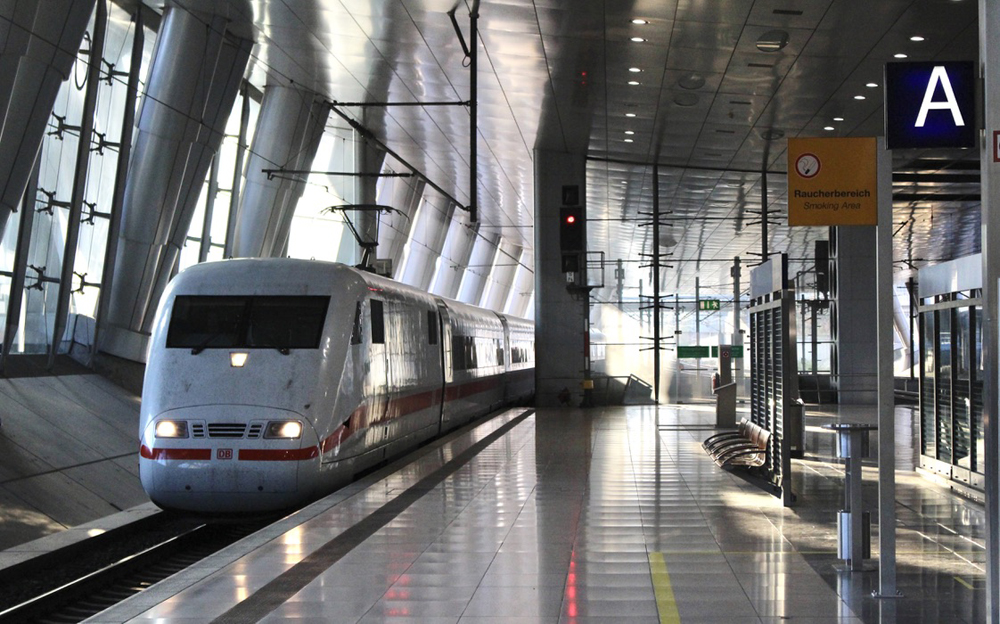



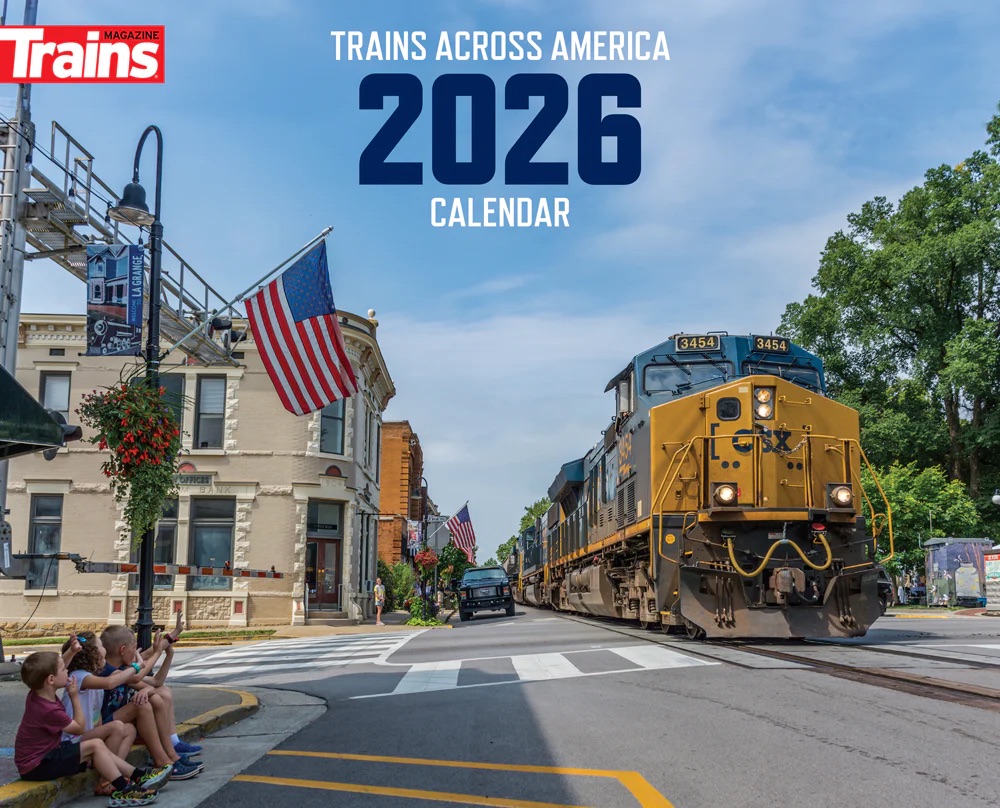
As is known, there is no direct train from London to Geneva at the moment. However, there are services departing from London St Pancras Intl and arriving at Geneva-Cornavin via Paris-Gare du Nord and Paris-Gare de Lyon. The overall HST journey, including transfers, takes approximately 6h 52m.
Dr. Güntürk Üstün
Another ambitious move from the professional and enigmatic Eurostar…On the other hand, it is still a matter of curiosity which manufacturer (Alstom or Siemens) will own the rail operator’s 50 new HST sets [costing around €2bn (£1.7bn) ($2.3bn)]… Note that Eurostar currently operates a fleet of 51 trains: 17 e320 (894 seats), 8 e300 (750 seats), 17 PBKA (371–399 seats), 9 PBA (371 seats). The e320 and e300 trains are used on cross-Channel routes, while the PBKA and PBA units operate on continental services.
Dr. Güntürk Üstün
Why can’t Temple Mills be expanded?
I had a look on Google Maps, and the area around Temple Mills TMD and yard is fairly built up. While expansion wouldn’t be impossible, it would probably require removing the New Spitalfields Market, and/or taking over parkland and allotment gardens, which is suspect would be politically quite difficult. That said, increased service on other parts of the Eurostar network on the Continent that do not use the Channel Tunnel would not necessarily require using capacity at Temple Mills.
I was through the area (generally, the Stratford section of eastern London) on the East Anglia trains a few months before the 2012 London Olympics. Somehow room was found for the Olympic stadium and other Olympic venues, plus the new elevated train tracks leading between the channel tunnel and the Saint Pancras. I gather some or all of the land was a steam-era rail yard, maybe for the East Anglia trains to Liverpool Street Station.
Whatever acreage is found in London quickly gets gobbled up. On the other side of town, a former freight yard on the (then diesel, since electrified) lines to Oxford/ Cornwall/ Bristol/ Birmingham/ Didicot has been taken over by a new passenger hub.
Let’s add that other than Temple Hills facility, sites such as Southeastern and Hitachi’s Ashford Train Maintenance Centre, freight facilities at Dollands Moor, Singlewell depot, Ripple Lane, the HS1 chord, Fawkham Junction, and other potential locations in East London could also be explored…
Dr. Güntürk Üstün
Note that the UK’s rail regulator has moved one step closer to opening up cross-Channel train services to competition, following a key assessment of capacity at Eurostar’s London maintenance hub. The Office of Rail and Road (ORR) confirmed on 5 June that Temple Mills International depot could support either a single new entrant [multiple rivals naturally lined up] or allow Eurostar to expand.
Dr. Güntürk Üstün